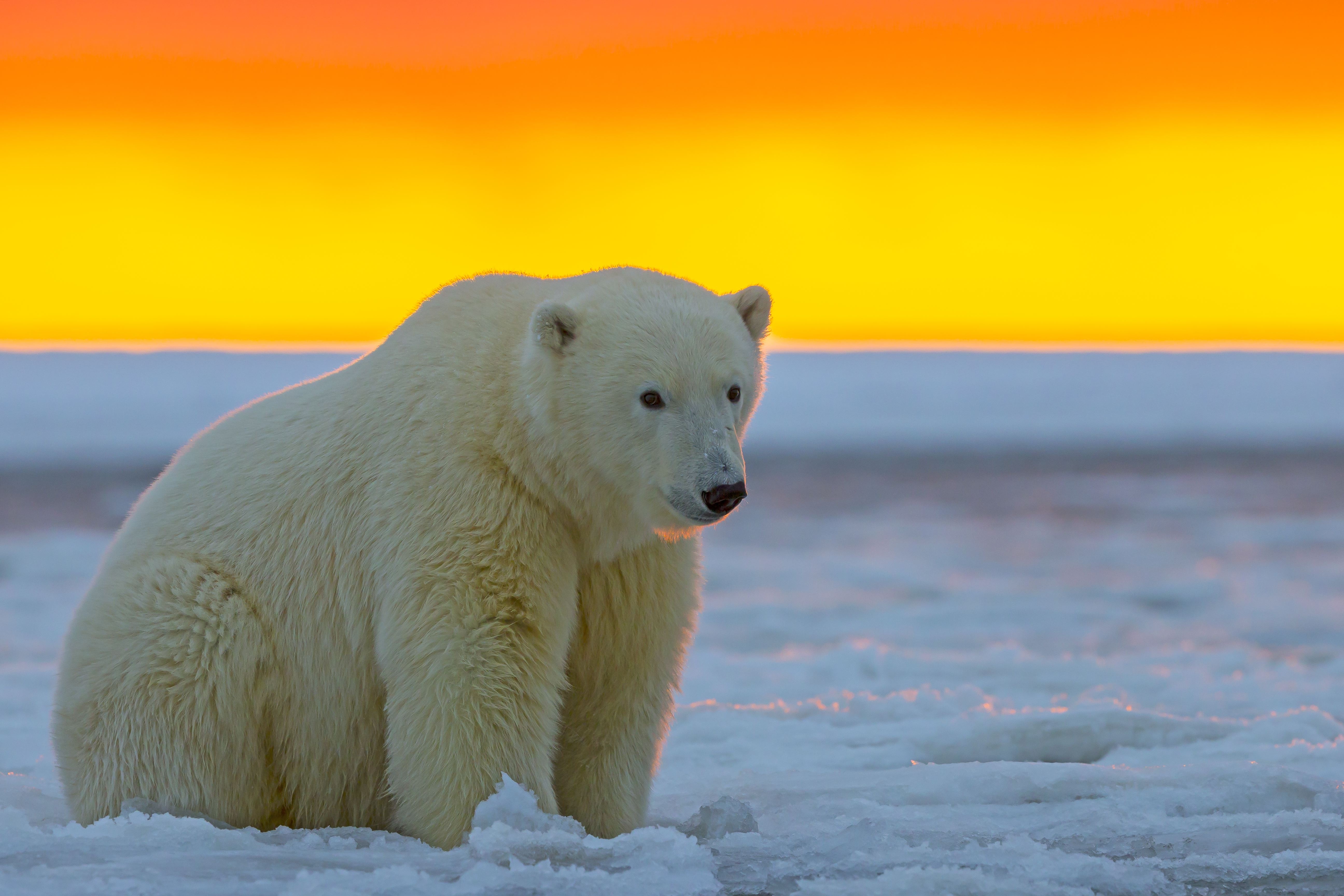Polar bears forced to dine on 'batteries and dirty nappies' as climate change pushes them inland
Polar bear sightings are increasing at Arctic landfills around the world.

As climate change diminishes Arctic sea ice, polar bears (Ursus maritimus) are being forced to ransack towns and garbage dumps in ever greater numbers, a new study in the journal Oryx finds.
While bears eating human garbage is not a new phenomenon, the frequency and severity of human-bear interactions in the Arctic are increasing steadily, the study authors wrote, with some encounters ending in polar bears being shot and killed.
"What we have seen is an increase in intensity (of encounters) and increased occurrences in places where polar bears don't normally occur," study co-author Geoff York, a researcher with Polar Bears International, told The Globe and Mail.
In the new study, the researchers described six case studies that showed above-average (and occasionally deadly) polar bear encounters with Arctic communities in the United States, Canada and Russia. In each town or community, the number of polar bear sightings has increased steadily over the past several years or decades, leading to some dicey situations.
In 2019 in Russia, for example, ravenous bears overran garbage dumps in two Arctic villages. The town of Belushya Guba (population roughly 2,000) reported a "mass invasion" of 52 polar bears beginning near the town's open landfill, with some of the bears later venturing further into town and attempting to access buildings. Meanwhile, in the village of Ryrkaypiy (population 600), 60 polar bears took over the town's garbage dump for several weeks.
In Arctic Canada, two polar bears were shot and killed — one in 2015 and one in 2016 — after venturing too close to human settlements, the study added.
It's likely that human-made climate change is at least partially responsible for the increase in human-polar bear interactions, the study authors wrote.
Sign up for the Live Science daily newsletter now
Get the world’s most fascinating discoveries delivered straight to your inbox.
All six case study communities are located near coasts where sea ice forms in late autumn, which gives polar bears a platform from which to hunt prey like seals and walruses, according to the study. As warming temperatures diminish the available sea ice each year, bears may be forced to venture inland and seek alternate food sources from towns and landfills, the researchers wrote.
It doesn't matter that the nutritional value of human garbage is less than ideal — or that dumpster-diving bears may be ingesting everything from batteries to dirty diapers to ceramic containers coated with food, York told The Globe and Mail.
"Polar bears will come a long distance if they can smell food," York said. "If they can find a reliable source of calories, they will go to extraordinary measures to come back."
One solution to the problem is to replace open landfills with composters or incinerators to dispose of organic waste, thereby minimizing opportunities for polar bears to come into contact with humans, York added. However, even with landfills closed, polar bears will likely continue venturing into Arctic towns in search of food so long as sea ice diminishes. This challenge is just one more unforeseen consequence of climate change, and underscores the importance of taking meaningful global action.
Originally published on Live Science.

Brandon is the space/physics editor at Live Science. His writing has appeared in The Washington Post, Reader's Digest, CBS.com, the Richard Dawkins Foundation website and other outlets. He holds a bachelor's degree in creative writing from the University of Arizona, with minors in journalism and media arts. He enjoys writing most about space, geoscience and the mysteries of the universe.










